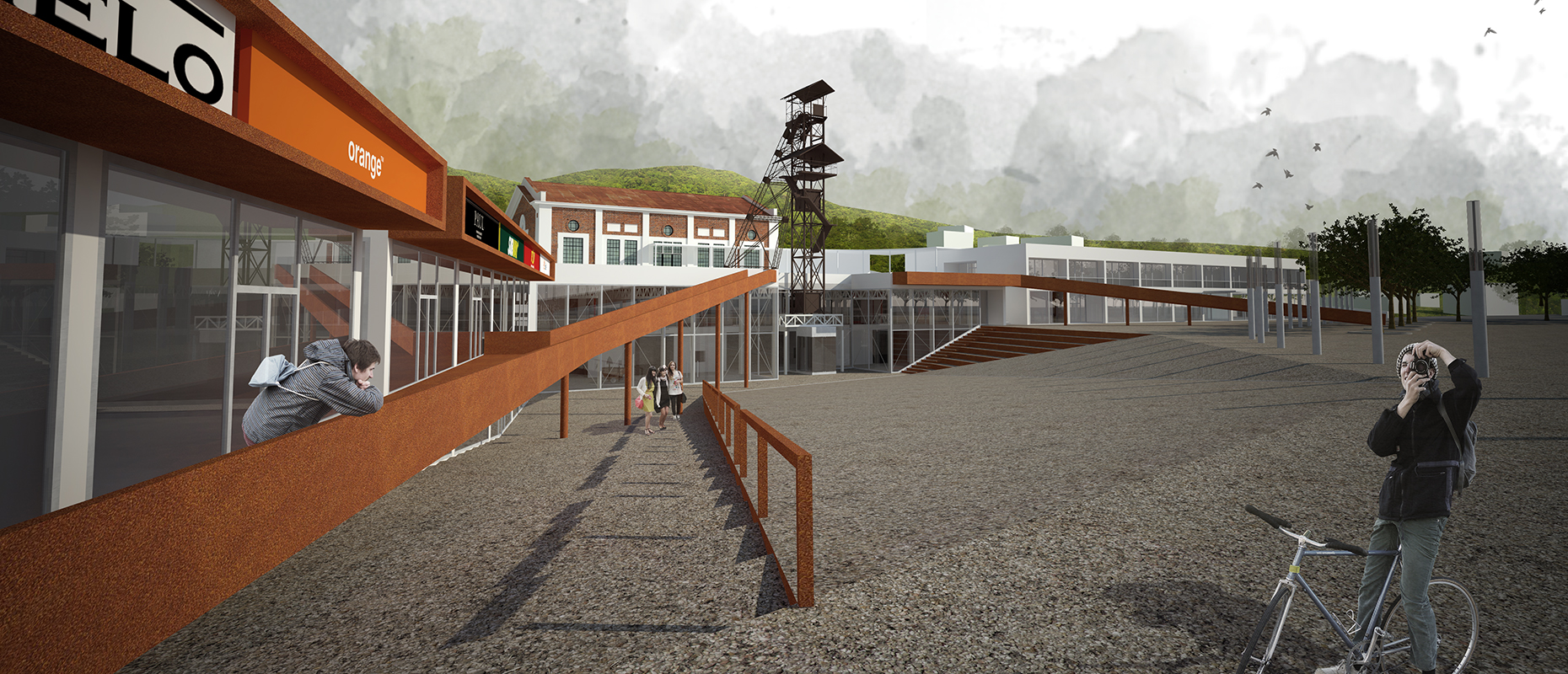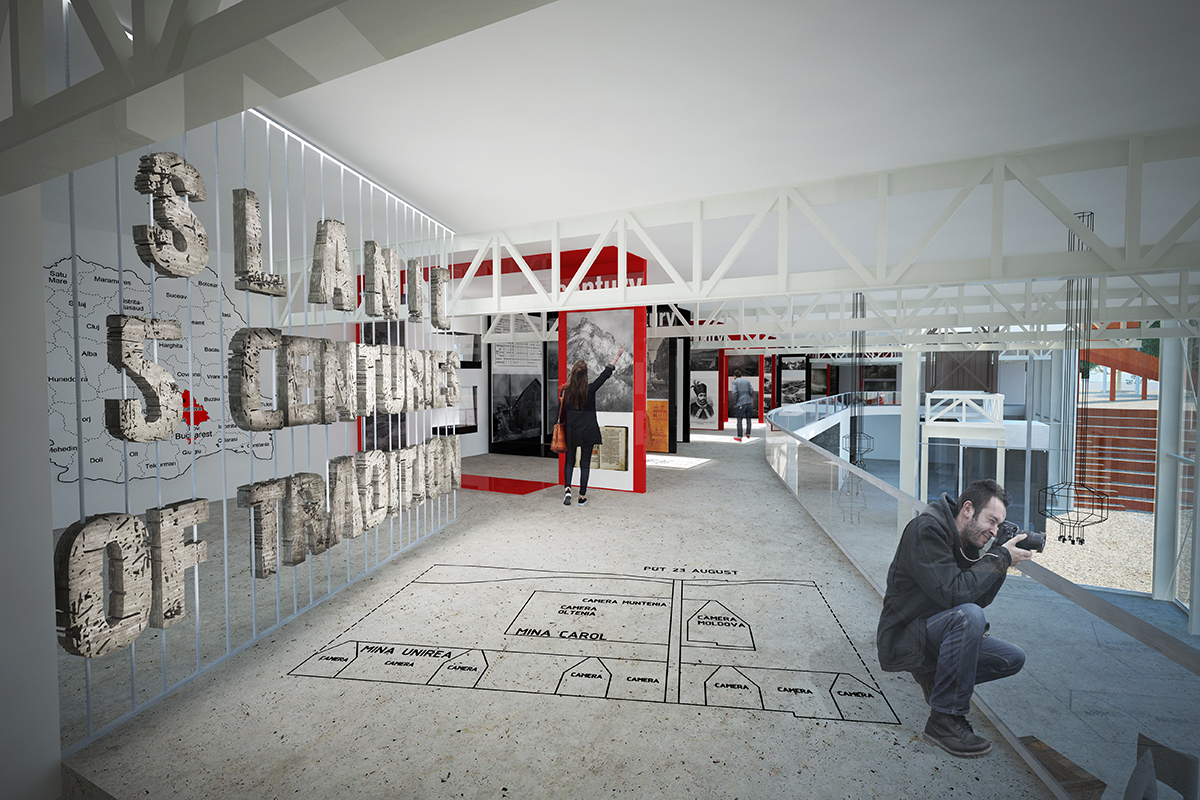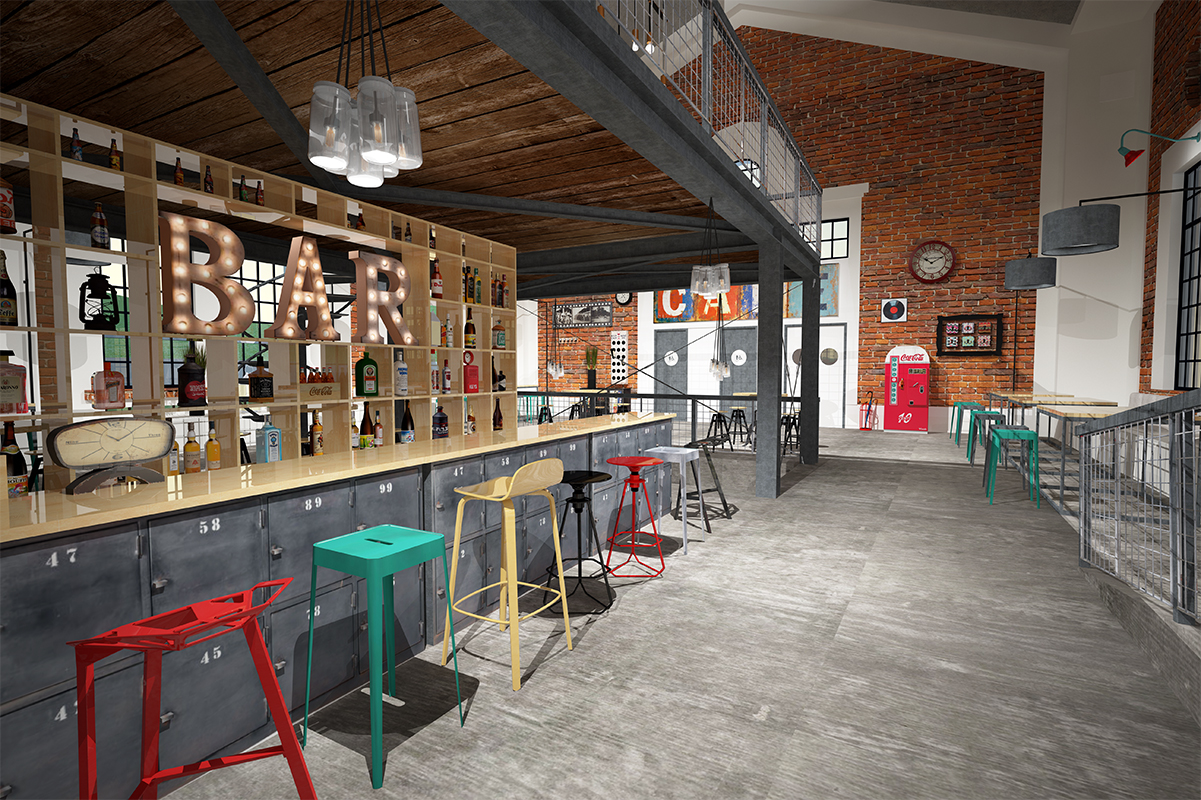Co-autori
-
Birou de arhitectură
-
Colaboratori (membri ai echipei):
-
Colaboratori externi:
-
Location:
Slănic, România
Client:
-
Buget:
-
Text de prezentare a lucrării:
Shrinking cities is a phenomenon that we’re facing today worldwide. Cities are experimenting shrinkage, from the former soviet countries to American cities, leaving behind a series of aspects (perceived as negative) to which not only architects try to find a solution. The aim of this diploma project is to show how the negative aspects of shrinking cities can be turned into positive aspects, and how shrinkage can become an opportunity for reshaping a city.
The current project takes place in Slănic, one of Romania’s shrinking cities. Slănic was, since the 16th century, a mono industrial city, its economy being based on salt mining. Moreover, the city is renowned for the underground galleries of the mine that are now open for visitors, and also for the three salt lakes, which make it a balneoclimateric resort.
The site is found at the exit from the visitable galleries, on the above ground, separated from the city center by the Slănic River. Currently, this whole area is an immense wasteland, where the only remains of the former extraction are the engine house and the extraction tower. The challenge of this project is how to regenerate this area, giving the city the public space that is needed, along of a proper access to the salt mine, museum, shops and a hotel. The engine house will be now converted to a restaurant, and the extraction tower will be preserved as a landmark, a witness of the industrial heritage.
The square, an important element, is a space with significant dimensions (compared with the scale of the city), a flexible social platform that can held various activities of the local community everyday life. The square is the center point that brings together tourism, culture, leisure and everyday activities, the whole intervention aiming to regenerate the city’s economy, culture and social structure.

